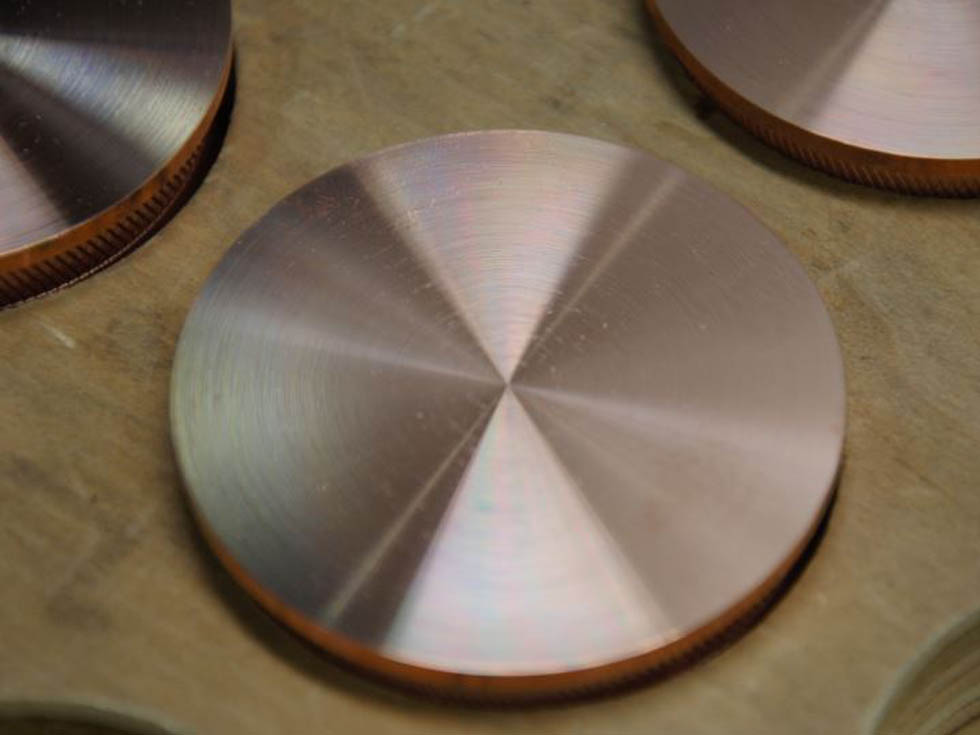
Why Use Electroplating?
Electroplating is generally done for two quite different reasons. Metals such as gold and silver are plated for decoration: it’s cheaper to have gold- or silver-plated jewelry than solid items made from these heavy, expensive, precious substances. Metals such as tin and zinc (which aren’t especially attractive to look at) are plated to give them a protective outer later. For example, food containers are often tin plated to make them resistant to corrosion, while many everyday items made from iron are plated with zinc (in a process called galvanization) for the same reason.
Some forms of electroplating are both protective and decorative. Car fenders and “trim,” for example, were once widely made from tough steel plated with chromium to make them both attractively shiny and rust-resistant (inexpensive and naturally rustproof plastics are now more likely to be used on cars instead).
Alloys such as brass and bronze can be plated too, by arranging for the electrolyte to contain salts of all the metals that need to be present in the alloy. Electroplating is also used for making duplicates of printing plates in a process called electrotyping and for electroforming.

